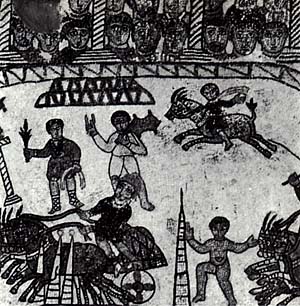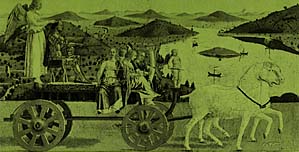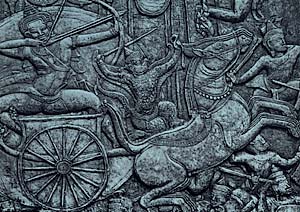|
||||||||||||||||||||||
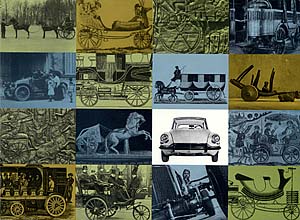 |
A SHORT HISTORY OF SUSPENSIONPart Two |
||
|
|
|||
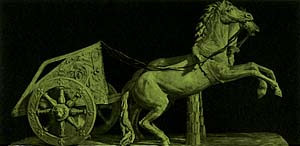
Above A Roman chariot Below Chariot race. Roman mosaic from Tunisia. |
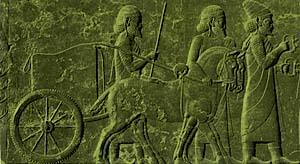
Armenian tributaries. Bas-relief from Persepolis. |
||
|
Miniature of the Garden of Delights. 11th century. |
Pierro della Francesca: Allegory of the Triumph of the Duke of Urbino. |
||
|
Divinity on a chariot. Angkor-Vat bas-relief |
In the 15th century, the coach, originating in the kingdoms of Bavaria and Hungary, came into general use. The chains were replaced by four leather straps and later on developed into the under-carriage. Finally, in the 17th century, the metal spring appeared, followed by the leaf spring. The carriage bodies were still suspended on leather straps, but the straps were now attached to the end of the C-shaped leaf springs, the other end of the springs being fixed to the under-carriage. By the friction between the leaves, these springs reduced the jolts. But the result had to be robust, as many carriages weighed over ten tons. | ||

Hunting scene. French print. 18th century. |
|||
|
© 2000
Julian Marsh
|
|||


